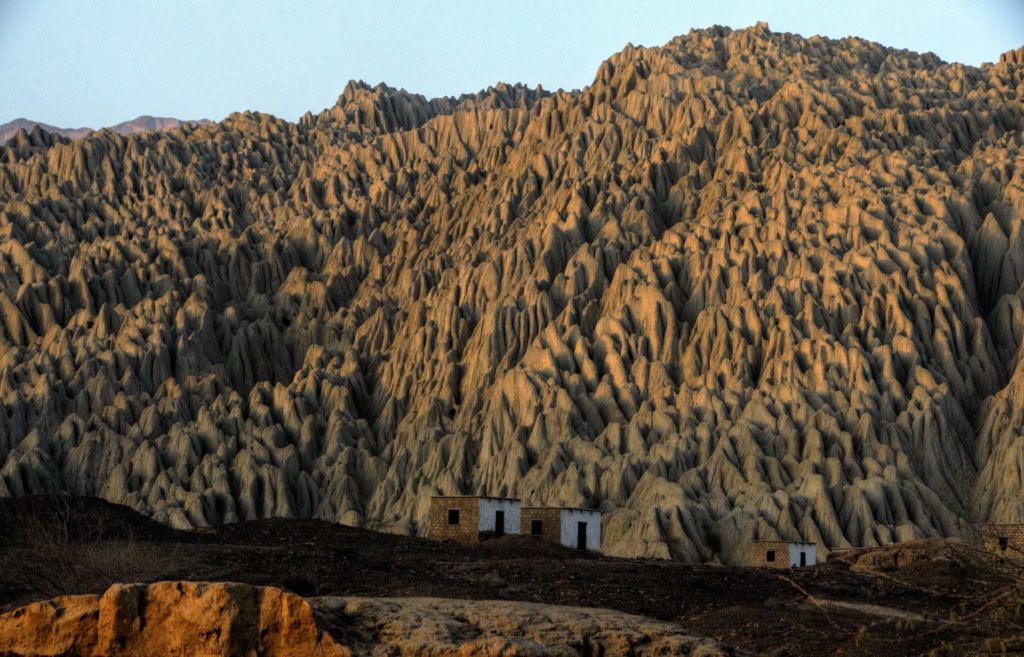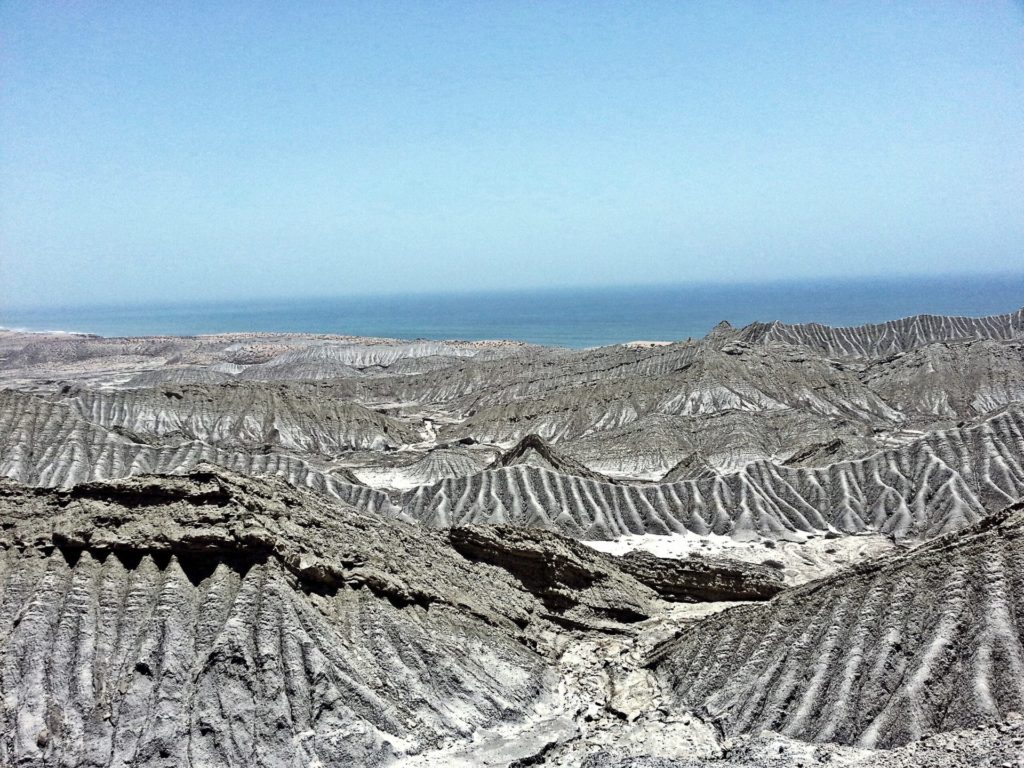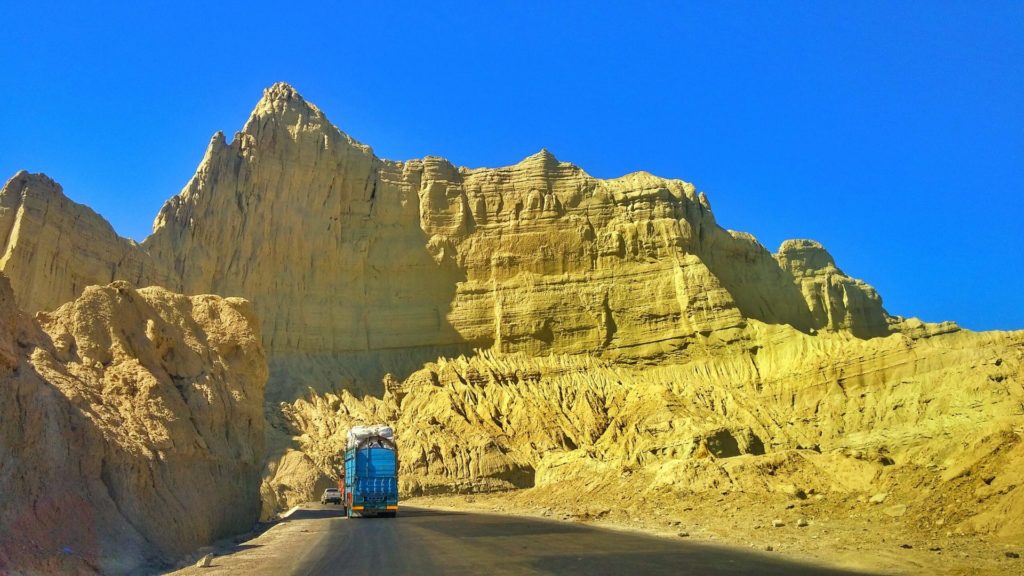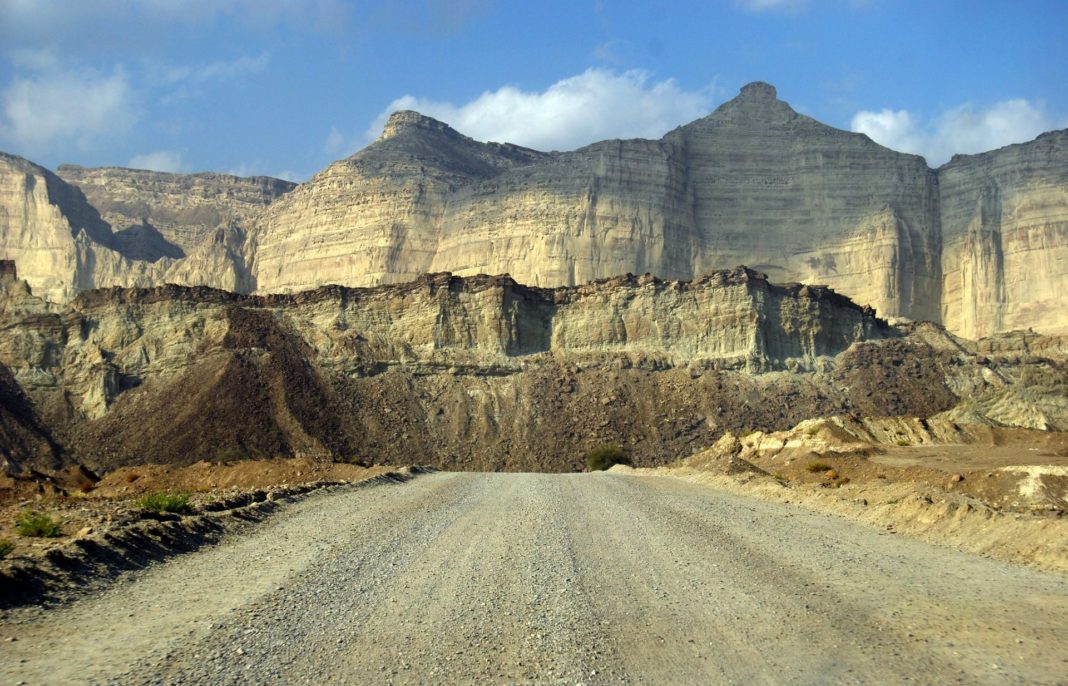The mountainous landscape of Hingol National Park is characterized by rugged terrain, with rocky slopes and peaks rising sharply from the surrounding valleys. The park is part of the Makran Coastal Range, which runs parallel to the Arabian Sea coast. These mountains are formed by geological processes over millions of years, resulting in dramatic formations and varied elevations.

The rocky terrain of Hingol National Park is a testament to the forces of nature, sculpted over eons by wind, water, and time itself. Towering cliffs and jagged peaks dominate the skyline, their sheer faces etched with the stories of millennia. These rocky sentinels stand as silent witnesses to the ever-changing landscape, their weathered surfaces bearing the scars of countless seasons.

From the imposing cliffs of the Chandragup Mud Volcano to the rugged slopes of the Makran Coastal Range, each formation tells a story of geological upheaval and transformation. Hidden within these rocky bastions are secrets waiting to be uncovered, from ancient fossils to hidden caves teeming with life.

Hingol National Park also contains numerous archaeological sites dating back thousands of years. These sites provide insights into the prehistoric human settlements and cultural practices of the region. The park is renowned for its ancient rock art, which includes petroglyphs and cave paintings created by ancient civilizations. These artworks depict scenes of daily life, religious rituals, and wildlife, offering a glimpse into the cultural beliefs and practices of the past.

Hingol National Park is a testament to the enduring connection between humans and nature, as well as the diverse cultural heritage of the region. It serves as a reminder of the importance of preserving both the natural environment and the cultural legacy for future generations.
According to the Internet















